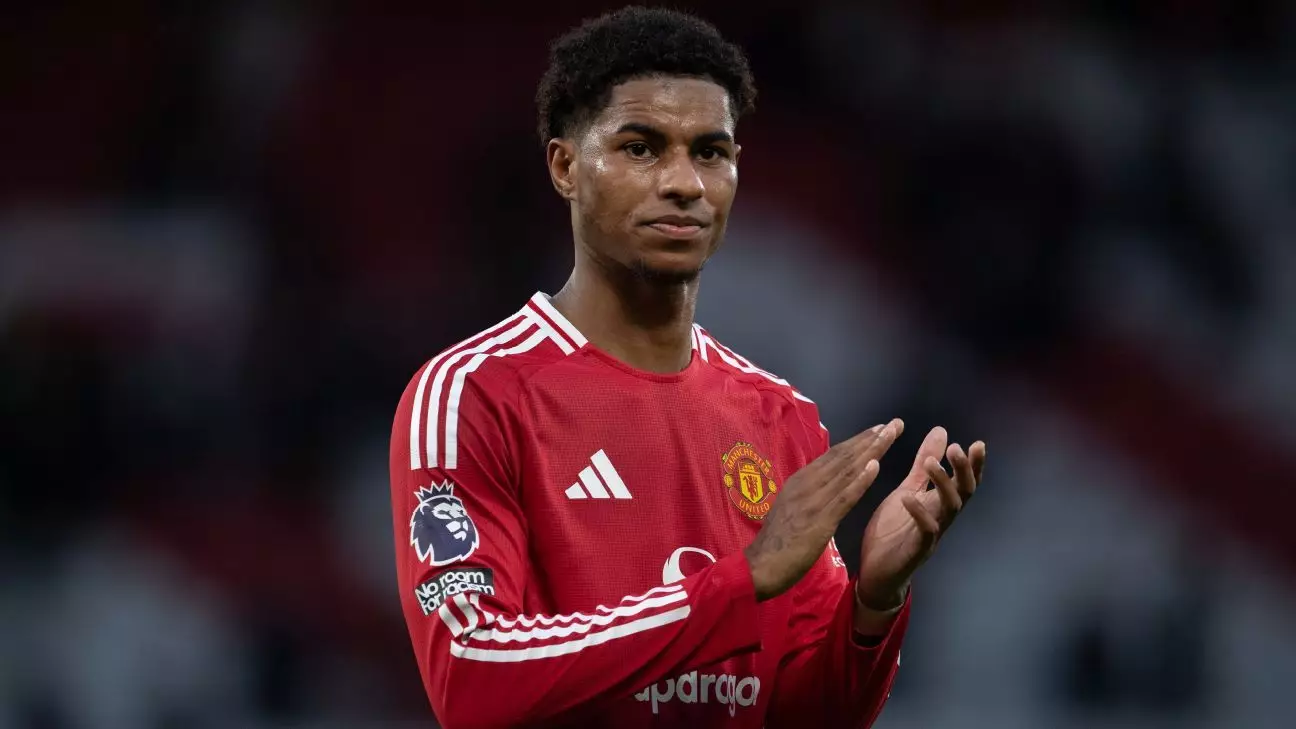The opening of the Premier League transfer window ushers in a period of heightened anticipation and strategic maneuvering among football clubs. This is not merely a chance for teams to bolster their rosters for the current season; it’s also an opportunity to lay groundwork for future campaigns. As clubs scramble to secure new players and offload those who no longer fit their plans, the dynamics of the transfer market take center stage.
Beginning on January 3, 2025, this transfer window allows clubs to make player signings until it closes at 11 p.m. GMT (6 p.m. ET) on February 3, 2025. While the Premier League transfer window is closely watched, it aligns with similar transfer activities across the European football landscape. Countries like Spain and Italy have different timelines; for instance, LaLiga opens its winter window on January 2 but closes it at midnight local time on February 3. The Bundesliga has its own deadlines, needing transactions finalized by 6 p.m. CET, while Ligue 1 clubs have their window close an hour earlier.
This periodic influx of new talent has historically varied in intensity. For comparison, last January’s transfer dealings saw Premier League clubs spend £100 million on new players, significantly lower than the record £815 million spent in January 2023. According to Deloitte, the dismal financial figures from the previous window raise eyebrows, particularly in an era where player values are soaring.
Reflecting on past transfer windows provides insight into current patterns. Other than the restriction-induced slowdown in January 2021 due to the COVID-19 pandemic, the spending during that window was the lowest since January 2012, where clubs only splashed out £60 million. Such figures raise questions about the sustainability of transfer habits within the league and highlight the pressing economic realities that clubs face. The standout transfers of the previous window, such as Tottenham Hotspur’s Radu Dragusin for approximately €25 million, illuminate how limited spending affects the market’s overall vibrancy.
Despite a lull in Premier League expenditures, the overall climate for transfers among Europe’s top leagues appears to be shifting. The total outlay across these leagues jumped from €255 million in January 2023 to €455 million in January 2024, reflecting increasing competitiveness and a willingness among clubs to invest significantly in new talent. The question remains: will Premier League clubs follow suit this window, or will they continue to adopt a cautious approach?
As the play unfolds during the transfer window, player speculation captures the imagination of fans and pundits alike. Some high-profile names are currently embroiled in rumors regarding potential moves. Marcus Rashford of Manchester United has expressed a desire for a „new challenge,“ igniting conversations about his future following an exclusion from the first team during crucial derby matches. Such a sentiment signifies deeper issues within the club’s management and player utilization, which could propel Rashford toward a fresh start elsewhere.
Additionally, Liverpool’s trio of Mohamed Salah, Trent Alexander-Arnold, and Virgil van Dijk has attracted attention due to their expiring contracts. As they enter negotiations or even pre-contract discussions with non-English clubs, Liverpool faces potential upheaval should critical players depart. Manchester City’s Kevin De Bruyne finds himself in a similar boat, caught between past allegiance to the club and the lure of new adventures.
The essence of the January transfer window lies not just in splurging on new signings but rather in the strategic choices that clubs must undertake. Will clubs prefer securing established names or investing in emerging talents that could pay dividends in the future? Trade-offs exist, with potential hefty price tags on proven players juxtaposed against the unknown value of untested prospects.
Moreover, the emotional impact on fans and club cultures must not be ignored. A well-timed acquisition or an unfortunate departure can alter not only the squad’s chemistry but also the loyalty and morale of the fanbase. Clubs must navigate these waters carefully, balancing ambition with restraint, while plotting a course through the short-term demands of competitive performance against the long-term vision for sustainable success.
As each club embarks on this journey through the transfer window, the intertwining themes of risk, opportunity, and strategy will be continually tested. Ultimately, how each team approaches this critical time could define their trajectory for the remainder of the season and potentially beyond. The allure of the transfer window, with its promise and peril, is a reflection of the vibrant volatility that characterizes modern football.


Napsat komentář